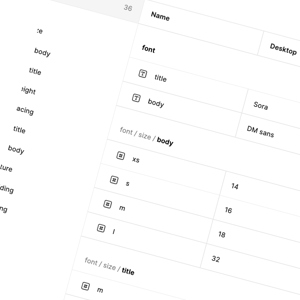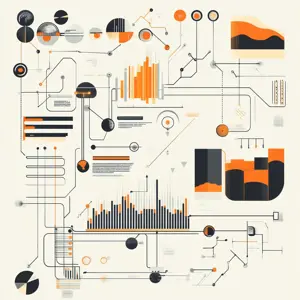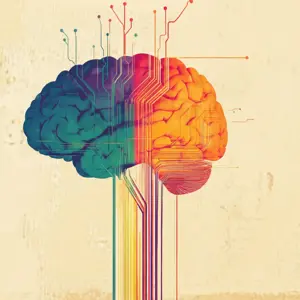AI is all about leveraging data, so systems can complete smart, autonomous actions. But if there’s a wall between that data and the AI solution, then it’s just not going to work.
Enter the Model Context Protocol, or MCP. This is the standardised connection that bridges the gap between AI models and the data they need to perform at their best.
But this is just a basic explanation. Let’s go deeper and find out exactly what’s going on here.
The Beginnings of MCP
MCP emerged for the first time at the tail end of 2024, when Anthropic introduced it to the world. Even if you haven’t heard of Anthropic before, you’ve probably heard of their most famous product – Claude.
The idea behind MCP was to get rid of information siloing, giving AI models a new lease of life through universal, secure connectivity. This would overcome the MxN integration issue, in which each model needs a unique connector, creating unmanageable complexity as systems scale up.
To say the project was a success is an understatement. Just a few short months after its release, the protocol has already been picked up and incorporated by many different organisations – including some of Anthropic’s key competitors – like OpenAI and Microsoft. Microsoft has even helped to advance MCP. In April 2025, the company launched their official C# SDK for MCP, streamlining adoption for developers working in .NET environments.
How Does MCP Work? An Overview
For MCP to work, you need two key components – the MCP server and the MCP client.
The MCP server is the point of connection. It provides the interface with the data source or the service that the AI is going to use.
Outwardly – i.e., to the AI – the MCP server offers a selection of actions that the AI can perform as it interacts with the data source or service.
Inwardly, the MCP server uses its tools to translate these actions into inputs that the data source or service can understand. The server can be deployed locally or remotely. MCP is also transport-agnostic, and can support STDIO communication methods on the local server and HTTP/SSE when deployed remotely. However, while MCP is certainly flexible, its function is essentially the same no matter how it is deployed – it is a translator or interpreter between the AI and the source or service it needs to access.
The MCP client is whatever needs to access this data or service. Usually, this will be an AI agent or another artificially intelligent solution. The MCP client connects with the server, requests its list of actions, and then selects the action it wants to take.
At the core of the process are standardisation and security. The whole point of the MCP is to make data sources and services accessible, so its protocols must be standardised to meet general AI needs.
On the security front, the MCP integrates with the frameworks already in place, greatly reducing the risk of exposing sensitive resources. The MCP is designed to cooperate with already-established security controls, including role-based access or logging. This enables organisations to effectively oversee AI client behaviours.
Why Is MCP Such a Big Deal?
So why bother with this? AI models are already using data to some extent – to quite a big extent, actually. So why is MCP such a game-changer?
MCP Achieves Universal Data Connections
Think about all the electronic devices you have at home. Your mobile phone, for example, and your e-reader, and your tablet. Then add a few more – an electric razor, a smartwatch, Bluetooth headphones, the toys your kids like to play with.
Now, imagine you need a separate charging cable for each and every one of these. Maybe this is not so crazy – but what if each device needed its own specific type of wiring, and its own unique mains plug socket?
This fragmented situation is similar to traditional forms of AI connection. You need a very specific setup for each job. MCP does away with all this – one universal connection, covering a wide variety of functions.
MCP Achieves Secure Communication and Collaboration
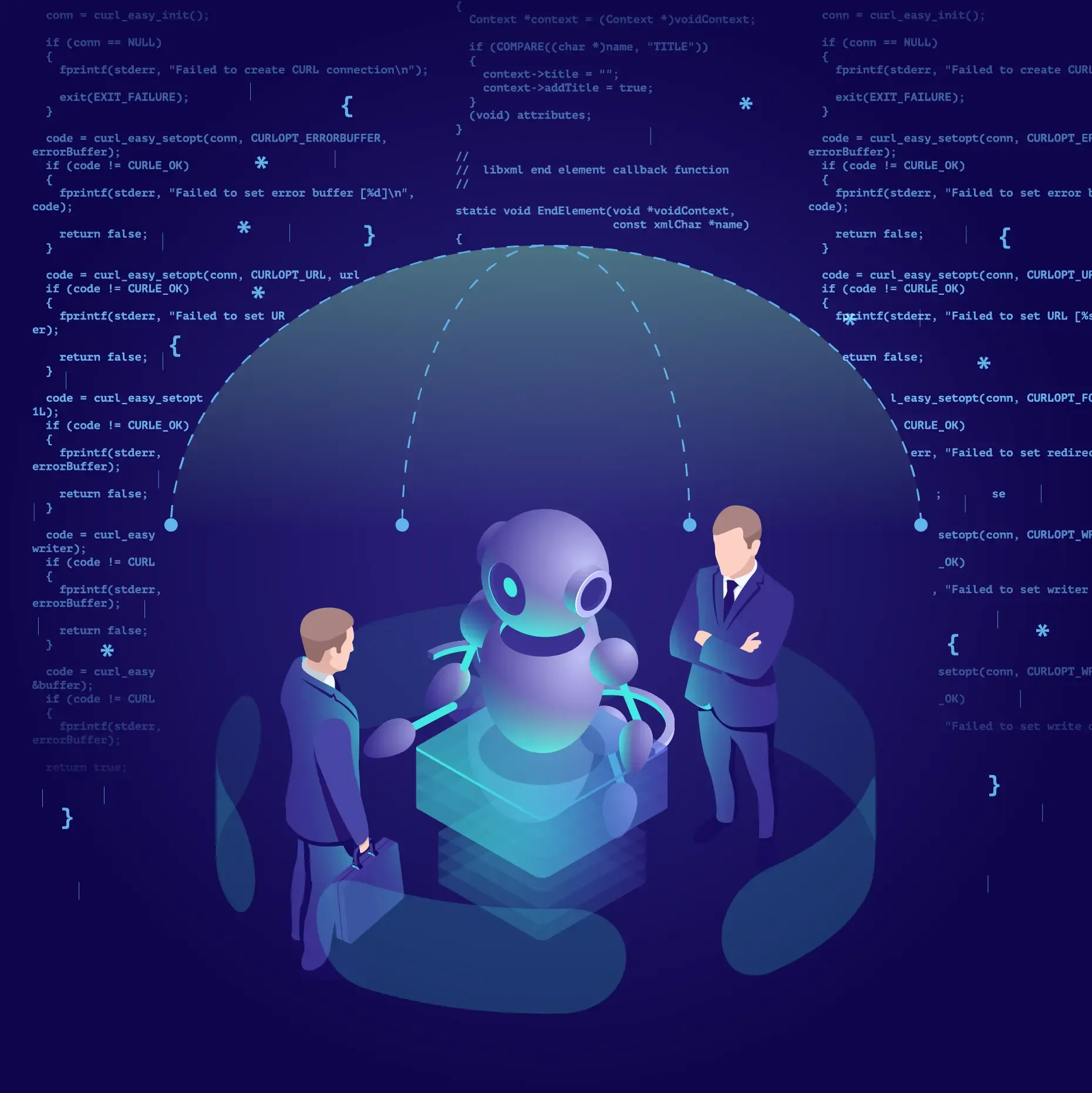
It’s not just the connectivity that becomes standardised – security does too. As everything is connecting through the same protocol, it becomes much easier to create secure environments for communication and collaboration.
The MCP is designed in such a way that it can integrate with existing network security measures, ensuring universality without sacrificing safety and data protection.
MCP Is Highly Agile
MCP supports a range of different mechanisms and systems at the transport level, further reducing friction for users. It can also be deployed locally or remotely, so there are no limitations on how the AI client accesses the data source.
This means organisations can make their data available via secure MCP connections without having to compromise its security. AI solutions have easier access to the data they need, even if that data is not stored on-premises.
MCP Makes Integration So Much Easier
Traditional AI connections are like carefully balanced Jenga towers – once you start fiddling with one side of the tower, the structure becomes unbalanced. And when you try to even it up by adjusting the other side, there’s a risk the whole thing comes crashing down. The MCP offers a standardised interface, so organisations can swap or upgrade their AI models and back-end services with minimal rework. This avoids the headache of rebuilding multiple integrations.
By simplifying the process with MCP, connection and integration maintenance is greatly reduced. If you need to update the AI client, you can – this won’t impact any other part of the system. And the same goes if you need to update the data source or service – the two components are independent.
Being able to just plug your AI client into your data source – just like you would a USB into your computer – is seriously refreshing.
Deploying MCP
How does MCP work in the real world? Here are a few examples of how it can be deployed.
Making Data Libraries Accessible
What do legal firms, higher education institutions, hospitals, software development enterprises, and multinational corporations have in common? They are all simultaneously dependent on data, and drowning in it.
With MCP in place, these large organisations can not only access and manage their data effectively – they can actually leverage the very best from that precious resource.
Supporting Real-time Collaboration
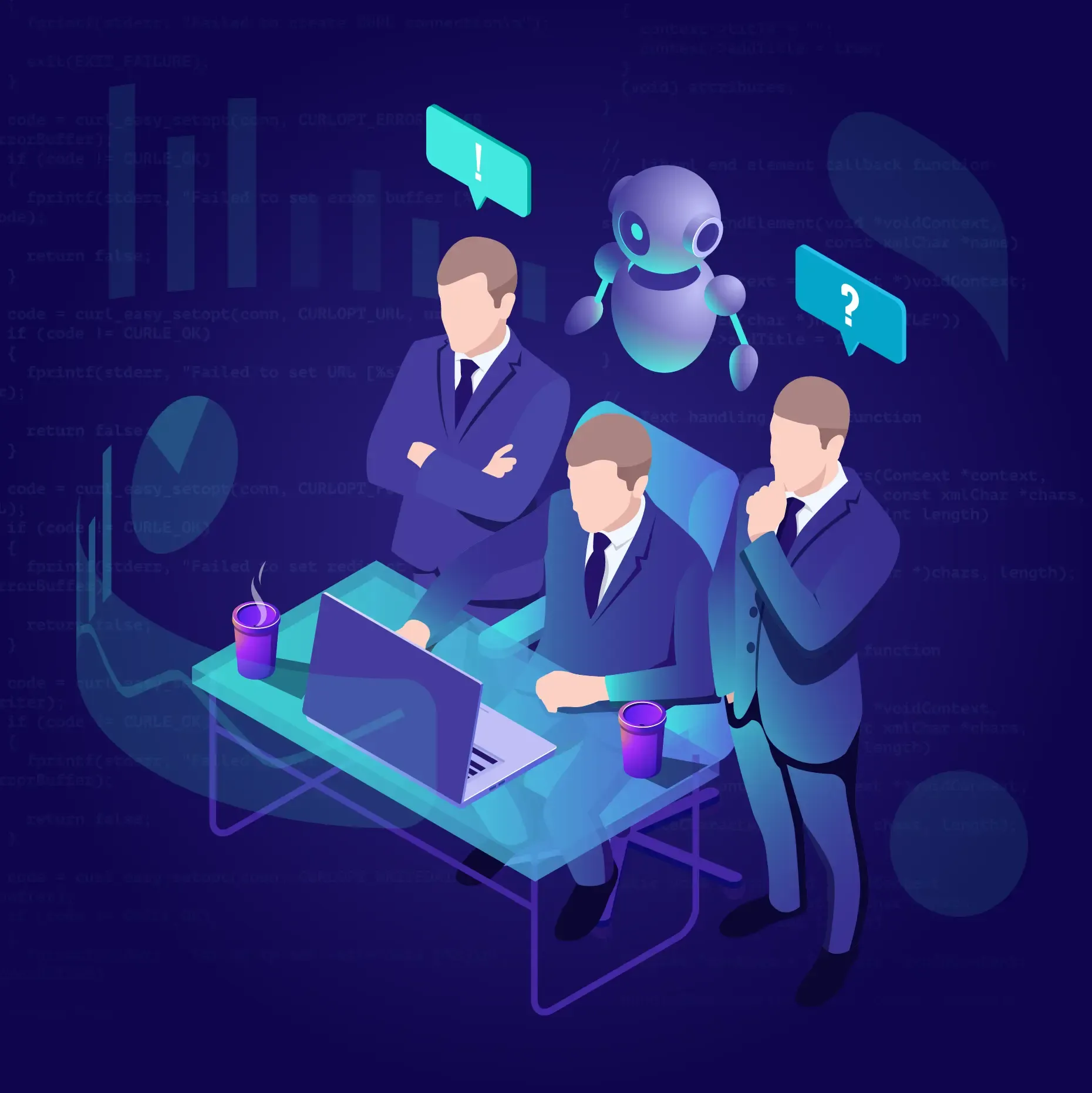
Businesses are using a plethora of different collaboration solutions and tools, each providing a constant flow of data. Traditionally, unifying these channels on a large scale has proved something of a headache – how can this be accomplished while still maintaining high levels of security?
MCP is the answer. Virtual assistants and autonomous bots can work with the diverse datasets that are housed in these collaborative networks. These AI-based solutions are then better positioned to serve personnel in the workplace.
Enhancing Security Monitoring
IT security teams have their work cut out. Dealing with highly sophisticated workflows and a huge array of different devices, security personnel may allow vulnerabilities to go unnoticed or threats to take root.
An MCP not only enhances security, thanks to its single unified solution, but it also makes monitoring more effective. The MCP can integrate with numerous security systems, achieving seamless monitoring on a round-the-clock basis.
Automating Browsers
An MCP can provide the connection needed to run automated tasks in a user's web browser. By connecting with services like Playwright, AI-based browser automation becomes possible.
The Future of MCP
MCP has already been adopted by many of the key players in the industry. Early adopters include financial technology organisations, developer tool providers, and more – a growing ecosystem that extends far beyond the big players of Anthropic, OpenAI, and Microsoft. This means it is well on its way to becoming the industry standard.
Importantly, MCP is an open-source, community-driven standard rather than a proprietary solution. In other words, it doesn't involve locking anyone down to a specific vendor or service provider – widespread collaboration can become the norm.
This has significant implications in terms of development. As the interface becomes the standard, developers will be able to create AI-enabled solutions rapidly, eliminating many of the engineering hang-ups that are currently slowing the process down.
It will also accelerate the growth of “agentic AI.” The aim of agentic AI is to achieve complete autonomy from AI systems, removing – or at least greatly reducing – the need for human intervention. As it stands, AI is very good at completing specific tasks when directed to by humans. With an MCP interface, a world of possibilities opens up, and AI can achieve numerous aims without further instruction or intervention.
Anthropic has even developed features aimed at making this happen. For example, the “Sampling” function allows an MCP server to request new outputs from the AI client mid-operation. This is a key step on the path to more independent AI.
Human teams will still have a role to play, of course. They will be necessary in configuring systems and developing connectors, resulting in a skills shift as MCP becomes more widely adopted.
In some ways, MCP is so simple that it’s amazing someone hasn’t devised it already. But this is one of the aspects that makes it so special. It doesn’t overcomplicate – it streamlines and simplifies, making the benefit of AI more readily accessible.
It’s also a real leap forward for AI as a whole. Rather than being a very useful tool, in need of careful direction and micro-management, artificial intelligence is becoming increasingly autonomous. If, in the near future, this technology is able to make complex decisions that benefit work, life, and society, then we may have MCP to thank for this. However, the reality is likely to involve a controlled or supervised model of autonomy, as most organisations will choose to retain oversight for mission-critical or sensitive tasks.
At the same time, the MCP community will continue to expand, with new connectors, tools, and improvements emerging as the standard matures. We haven't reached the final stage of MCP's development just yet.










